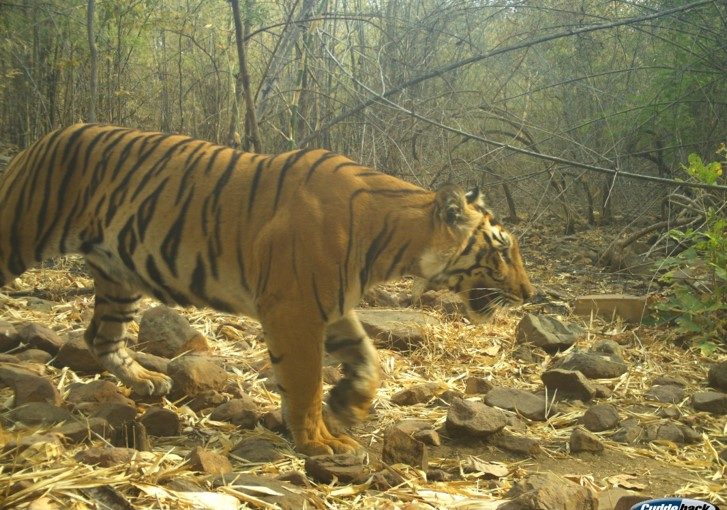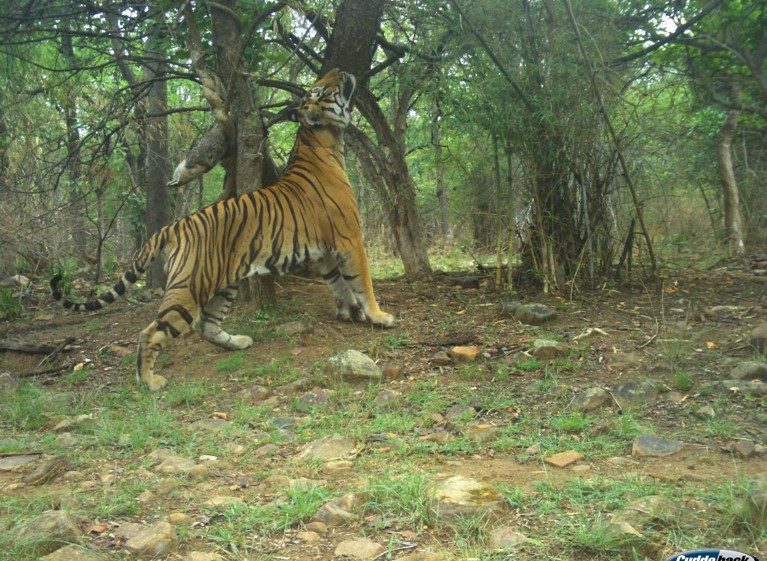
Human mediated deviations in natural disturbance dynamics and browsing regimes can strongly impact forest understory vegetation. Often such conditions favor a small set of species to increase in density and cover, and form a persistent layer of mono-dominant understory. Dense understory strata, characterized by low diversity, once established are resistant to displacement by other species and remain intact for multiple decades. Such recalcitrant understory layers confer strong bottleneck to tree regeneration and growth of tree species with a potential to alter post-disturbance forest succession. It is understood that forest vegetation structure provides a visible reference of the status of forest ecosystems and any alterations therein has implications to terrestrial carbon dynamics and the ecosystem services derived. Therefore, novel structures formed by mono-dominant understory layers under current disturbance dynamics may reduce the carbon storage potential of native forests and aid in forest transitions from high productive to low productive system states. However, it is unclear if the recalcitrant layers form an alternative stable or a transient forest ecosystem state, catalyze or drive ecosystem change, under prevailing disturbance regimes. In addition, it is unclear if they are self-sustaining by providing strong interference to tree development or perpetuate with help of continued browsing and frequent fires.
Very few studies made an attempt to understand the role of understory vegetation layersin forest state dynamics and the ecological processes involved in their persistence.An insight into the mechanisms through which understory layers are maintained and affect forest communities is essential to provide effective forest management strategies.Within this context, it is observed that tropical dry forests of Amrabad Tiger Reserve held extensive stands of Phoenix loureiroiandLantana camarain the understory strata. Phoenix loureiroi is a native date palm species capable of propagating through vegetative clones andLantana camarais a thicket forming exotic invasive species. While the negative impact of Lantana camara on native tree regeneration has been well documented, effects of understory layer formed by Phoenix loureiroi is still unknown. Typically, ATR hosts a mosaic of savanna and tropical dry forest ecosystems. However, human interference in the reserve through annual summer fires, domestic cattle grazing, fuel wood and timber collection etc., may have led to formation of these understory layers in the past. Current study is initiated to understand long-term impacts of Phoenix loureiroi, Lantana camaraand natural grass understory on tree productivity and performance at ATR, with the following key objectives:


Toward this, nine 1-hectare permanent vegetation monitoring plots were laid within the reserve, three each in understory types being studied. All trees in the plots were tagged and measured following international protocols, to study tree growth and regeneration. Ten random 10 m2 sub-plots were laid within each plot, where all the understory stems were tagged and measured, to follow the growth of understory vegetation. All measurements are being taken seasonally to account for seasonal variations in plant growth.
Designed by Brand Your Work